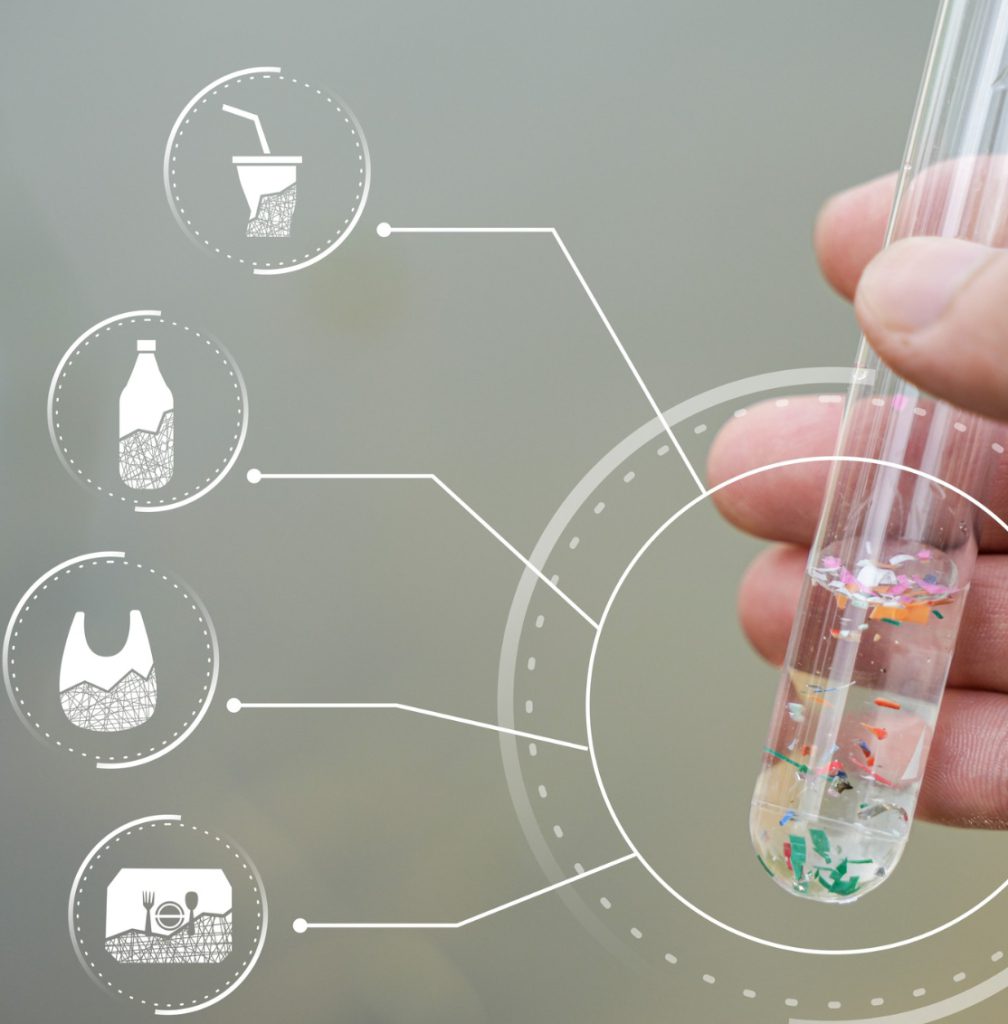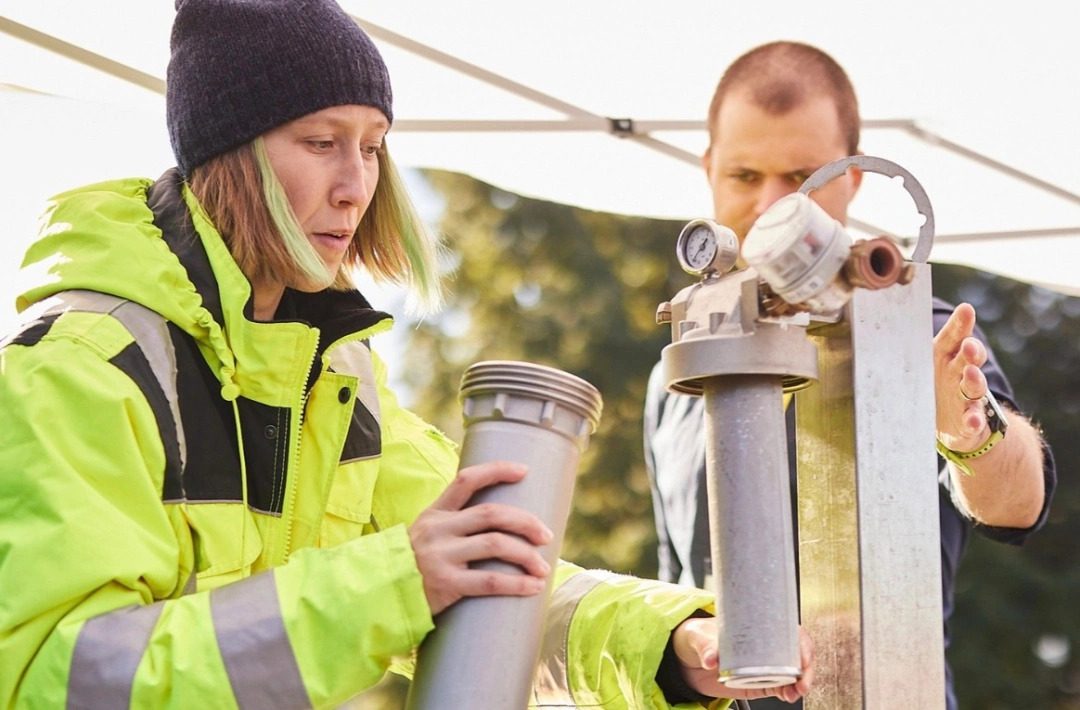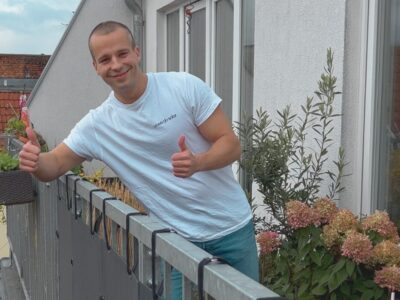Who knew whirlpools could be good for the environment? An emerging startup has been making waves in the sustainability community by introducing an all-new whirlpool-based filtration method that removes microplastics from large quantities of water more effectively than ever.
Appropriately named Wasser 3.0 after the German word for water, the startup’s rise to prominence is fueled by a motivation to fight against the growing surge of microplastics in our ecosystems.
Wasser 3.0 was founded by Dr. Katrin Schuhen, who says the goal is to change the standard for water filtration worldwide through cheaper and more accessible techniques than were previously available.
Sufficiently achieving that could bring about a future where long-term microplastic exposure is no longer a worry for industry experts. “Our mission is to keep the world’s water supply safe,” Schuhen said.
The discourse around microplastics can be a lot to deal with at times. Traditionally, plastics were mainly considered a problem of the objects themselves, particularly the lack of long-term biodegradability. It’s easy to conceptualize a slow buildup of piles of Gatorade bottles and single-use packaging in a landfill somewhere in Ohio and why that might be rough on the ecosystem over time. It was only recently we discovered that the scope of plastic’s infiltration of our ecosystems went far beyond simple piles of trash.

Microplastics came about as a catch-all term for any plastic particles less than five millimeters in diameter. Though some are large enough to be visible, a great many are small enough to be found virtually everywhere on Earth. These locations include all continental landmasses, the world’s oceans, the world’s air supply, and all of us, too. With something like 14 million metric tons of microplastics in our oceans today, all signs point to wastewater filtration as a culprit.
There is a multitude of ways for microplastics to enter the environment. Urban runoff is a big one, as is the lack of options for processing solid waste effectively. The impact of wastewater treatment cannot be denied as a major pathway through which these particles infiltrate the waterways. Outdated health standards and a lack of affordable options mean that many contributors, including toothpaste, clothing, and skin care products, are simply ignored.

The Wasser 3.0 method combines the whirlpool with a custom-designed hybrid silica gel called Wasser 3.0 PE-X. It acts as a clumping agent and is added to the dirty water as it spins in a vortex.
The gel’s silicone-based chemicals, called organosilanes, work to attach to each microplastic particle, with the spinning rapidly forcing the clumps together.
After about five minutes, unfiltered water samples can produce clumps the size of tennis balls that would otherwise be dispersed throughout the environment. Even the clumps of plastic and gel can be repurposed as insulation filler during construction.
“The removal technology is very straightforward,” says Schuhen, who made sure to point out the method’s efficacy across all water types, including freshwater and seawater.
Wasser 3.0 PE-X has not yet seen a full roll-out of services. However, things are trending upward for the young company established off of what was originally a university research project.
The gel and whirlpool are currently used at a wastewater treatment plant in the German town of Landau-Mörlheim, where a year-long trial removed roughly 600 pounds of microplastics. The company is not for profit, meaning Schuhen directs any proceeds to fuel continued research on improving future compounds.





